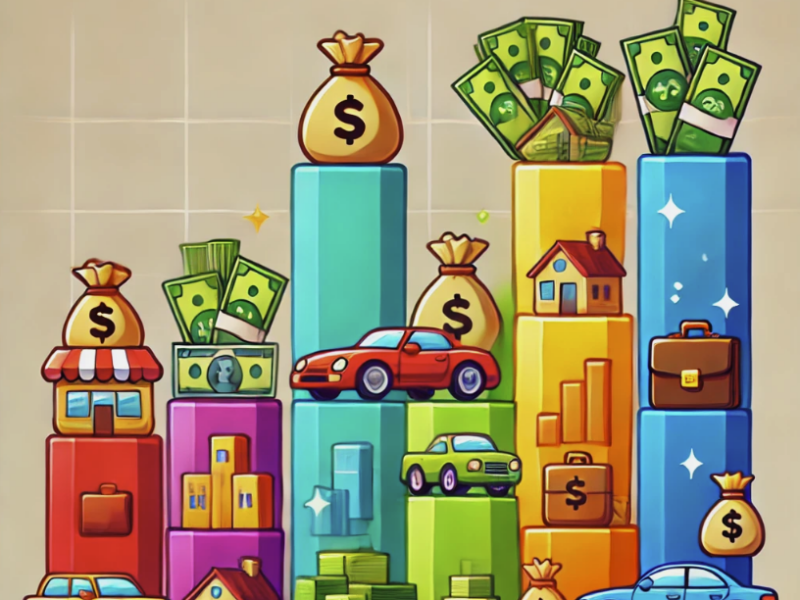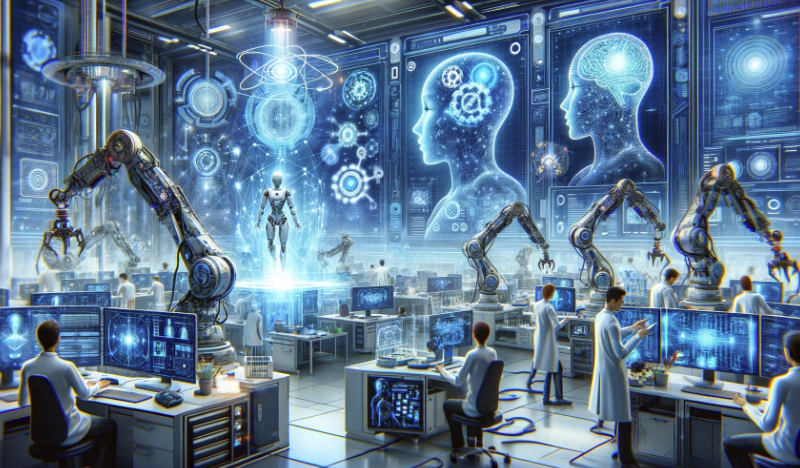Creativity is a multifaceted construct that goes beyond the traditional idea of coming up with novel ideas.
It entails a rich mix of divergent thinking, problem-solving, originality, and the ability to create something meaningful.
This diversity in creative thinking gives rise to different types of creativity.
To gain a better understanding, let’s look into several categories that frame the creative process and its outcomes.
Table of Contents
Artistic Creativity
Artistic creativity, often the first type that springs to mind when thinking about creativity, involves the production of novel, aesthetically pleasing forms and artistic expressions.
Artists, musicians, designers, writers, and performers typically display this form of creativity.
It’s not just about creating something new, but also about expressing personal feelings and emotions, portraying different perspectives, and challenging societal norms.
Scientific Creativity
Scientific creativity is about pioneering new ideas, theories, and solutions in the realm of science.
This type of creativity requires a thorough understanding of scientific principles and a high level of analytical thinking.
It’s seen in the work of researchers, inventors, and scientists, who strive to unravel the mysteries of the universe or solve complex problems through their innovative ideas and experiments.
Creative Thinking: How to Increase the Dots to Connect
Everyday Creativity
Everyday creativity, also known as ‘little-c’ creativity, is exhibited in daily tasks and problem-solving.
This type of creativity doesn’t necessarily result in a masterpiece or a groundbreaking invention, but instead reflects a person’s unique approach to handle routine tasks, interpersonal situations, or mundane problems.
It might be seen in someone’s unique way of organizing their workspace, cooking a meal, or resolving a conflict.
Procedural Creativity
Procedural creativity involves inventing new or improved procedures, methods, or strategies.
It’s about finding better ways to accomplish tasks, streamline operations, or optimize systems.
This type of creativity is frequently seen in business settings or engineering fields, where efficiency and efficacy are paramount.
Innovative Creativity
Innovative creativity is about bringing revolutionary change or creating transformative solutions.
It involves not only novel ideas but also the capacity to implement these ideas effectively.
This form of creativity is often exhibited by entrepreneurs, business leaders, and social innovators, who challenge the status quo and pioneer transformative changes in society or industries.
The 5 Types of Creative Thinkers
Social Creativity
Social creativity involves generating novel ideas or approaches to improve social dynamics, relationships, or community engagement.
This can be seen in initiatives aiming to improve group dynamics, promote inclusion, or address social issues.
Those who excel in social creativity often possess high emotional intelligence and a deep understanding of social norms and values.
Combining Creativity Types
While these categories help us understand different aspects of creativity, it’s important to note that these types often intersect.
For instance, a socially creative individual may use artistic creativity to raise awareness about a particular social issue.
Similarly, an entrepreneur may combine innovative and procedural creativity to create a successful business model.
Conclusion
Creativity, therefore, is not a monolithic concept but a complex blend of different types.
Understanding these types helps us appreciate the diversity of creative thought and recognize the creative potential within ourselves and others.


